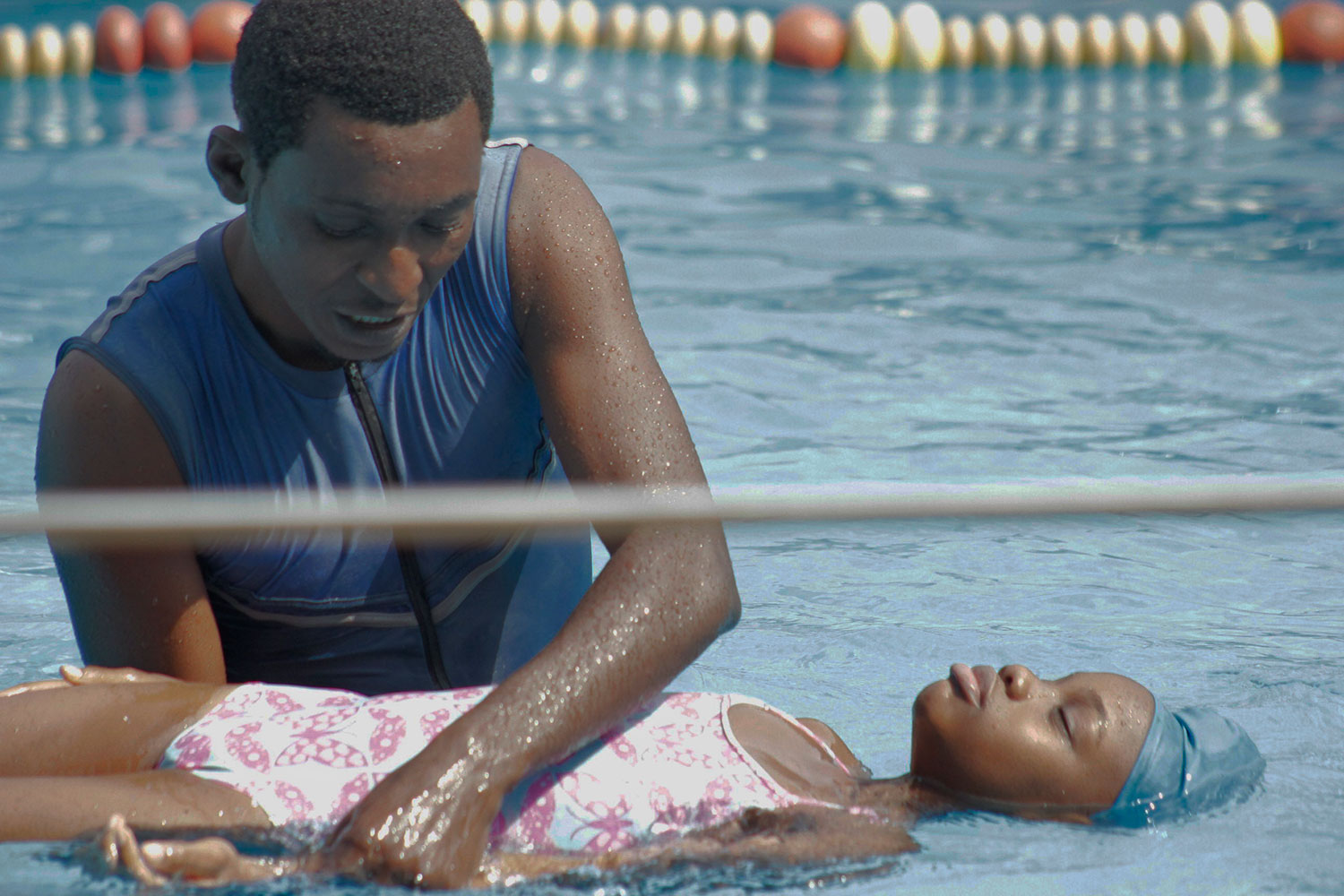Swimming is the movement of the body through water using arms and legs. People can swim in the sea, swimming pools, rivers and lakes. People swim for exercise, for fun, and as a sport. There are several styles of swimming, known as “strokes”, including: front crawl, breaststroke, freestyle, butterfly, and backstroke. You may have heard that experts recommend adults get 150 minutes of moderate activity or 75 minutes of vigorous activity each week. Swimming is an excellent way to work your entire body and cardiovascular system.
An hour of swimming burns almost as many calories as running, without all the impact on your bones and joints. Swimming is the fourth most popular activity in the United States. But why, exactly? There are a host of benefits you may gain from swimming laps regularly. Swimming is also an important survival skill
What is Survival Swimming?
Basically, survival swimming is a technique of swim-float-swim that teaches young children the basics of how to float and breathe for an extended amount of time, regardless of the depth of the water, until they can either reach the side of the pool or shore, or until help reaches them. It is not just about being comfortable in the water, it’s about learning how to survive.
Drowning is one of the biggest causes of preventable death in the world today, accounting for 372,000 fatalities every year – over 90 per cent of them in low and middle income countries, and over half of them young people under the age of 25. Drowning is among the 10 leading causes of death for young people in every region of the world, with children under 5 years disproportionately affected. Drowning kills two thirds of the number of those who die from malnutrition and over half the number of those killed by malaria. These statistics, from the World Health Organization’s 2014 Global Report on Drowning, show the scale of the problem – especially in poorer countries where people are in daily contact with water for work, transport and agriculture
Prevention is essential, because when someone starts to drown, the outcome is often fatal. Survival usually depends on the speed of removal from the water and how quickly proper resuscitation can take place. So embedding basic swimming and lifesaving education, skills and leadership can make a real difference to communities around the world. The Royal Life Saving Society supports the ten actions to prevent drowning outlined in the WHO report. As an accredited organization with the Commonwealth Secretariat, and with active Member Branches in 27 Commonwealth nations including Nigeria. The Nigeria Aquatics Federation (NAqF) formerly known as the Nigeria Swimming Federation is a sports association entrusted by the National Sports Council to govern the disciplines of Swimming, Open Water Swimming, Water Polo, Diving, Synchronized Swimming, High Diving and Masters Swimming in Nigeria.
The federation invents policies and strategies that ensure the grassroots development of swimming as a sport, its associated programs and competitions within and outside the country.
How To Learn Swimming As An Adult
It’s never too late to learn how to swim. If you never had the opportunity as a child, you can easily how to learn swimming as an adult. At first, being in the water may feel strange, unfamiliar, and even a little worrying. But with time you’ll become acclimated, gaining a level of confidence you may have previously thought unimaginable.
Once you learn how to swim, you’ll be able to enjoy a variety of benefits. For example, swimming is an excellent form of exercise. It’s also relaxing; it can relieve your stress and calm your nerves. And if you’re feeling blue, 15 minutes in the water may be all you need to lift your spirits.
Getting started is easy. Read on for seven simple tips on how to learn swimming as an adult.
#1 – Start In The Shallow End Of The Pool
It’s natural to harbor fear of the water if you’ve spent little time in it. One way to overcome that fear is to start in the shallow end of the pool. There, you’ll be able to stand in the water, lowering yourself according to your comfort level. Practice holding your breath while your head is under the surface, knowing you can come up for air whenever you wish.
#2 – Buy Goggles
You’ll find it’s much easier to see underwater if you wear goggles. Additionally, goggles make swimming more comfortable since they prevent water from getting into your eyes. Being able to see clearly while your head is beneath the surface will make learning to swim more enjoyable.
#3 – Spend Plenty Of Time In The Water
Gaining confidence and becoming a proficient swimmer requires that you spend sufficient time in the water. The more time you spend, the more comfortable you’ll feel and the better swimmer you’ll become.
We realize it can be difficult to set aside time to regularly climb into the pool. But it’s the only way to learn how to swim. Keep in mind, you don’t need to practice every day. Once a week might suffice. Allow more than a week to pass between sessions and you may find it difficult to make forward progress.
Our state-of-the-art, indoor swim facility is open year-round so you’ll never want for a place to practice.
#4 – Get Comfortable Having Your Face In The Water
One of the biggest challenges for adults who are learning how to swim is keeping their faces in the water. It may feel uncomfortable. It can even cause mild anxiety for some.
With the exception of backstroke, every stroke requires your face to be underwater a significant portion of the time. Getting used to the feeling is an important part of learning to swim.
Growing comfortable is a matter of practice. Here are a few ideas:
- Do bobs in the shallow end
- Practice holding your breath while keeping your eyes open (goggles will help)
- Use your arms to move underwater while holding your breath.
- The more you practice, the more comfortable you’ll feel.
#5 – Learn The Individual Mechanics Of Freestyle
Experienced swimmers make freestyle look easy. But in fact, the stroke is made up of several forms that work in concert to ensure smooth, efficient movement through the water.
When you’re learning how to swim as an adult, don’t think of freestyle as a single stroke. Instead, think of it as a series of strokes, each of which need attention. Focus on the positions of your wrists as your hands enter the water. Concentrate on the positions of your elbows and forearms as your hands sweep from overhead to your hips. Pay attention to the roll of your body, your flutter kick, and how you exhale as your head turns downward in the water. Freestyle is easy once you get the hang of it. But it’s important to master all of the individual movements that make up the stroke.
#6 – Consider Using Fins
When learning freestyle, it’s helpful if you’re moving through the water. Fins can be invaluable for that purpose, especially in the beginning. They’ll give you the forward movement you need to learn the individual mechanics of the stroke. Are using fins cheating? Perhaps if you never take them off. But they’re a useful tool when you’re just starting to learn how to swim.
#7 – Enroll Into Swimming Lessons
If you’re interested in how to learn swimming as an adult, it’s recommended that you take lessons from someone with experience. That way, you’ll learn proper stroke technique from the beginning. You’ll also avoid developing bad habits that will hamper your progress. Swimways Academy is Nigeria’s first a proper school of swimming
that runs its swimming programme with standard curriculum with the aim of ensuring every child And adult that passes through its programme attains mastery of skills within a given duration.
10 Qualities Of A Good First Aider






